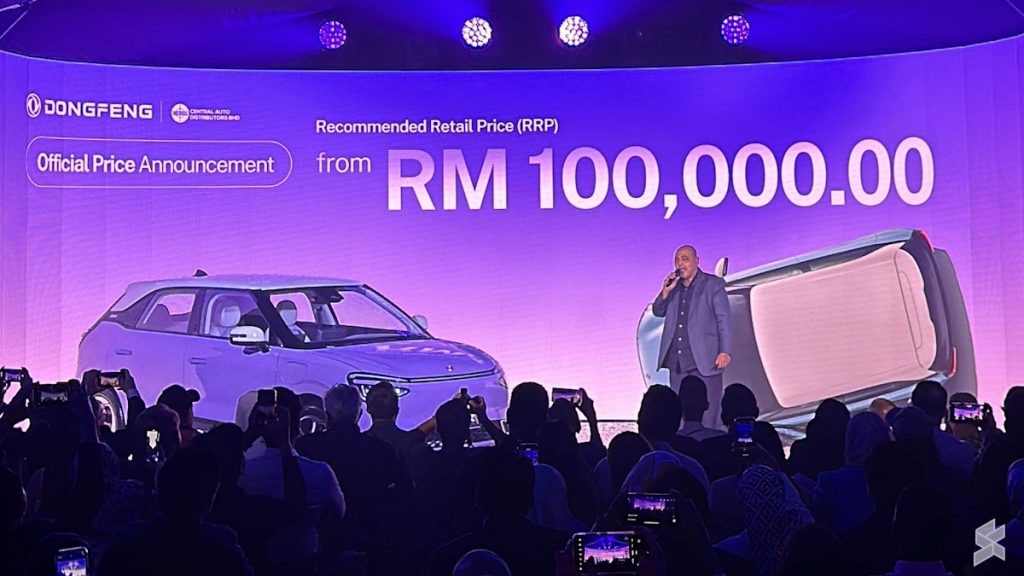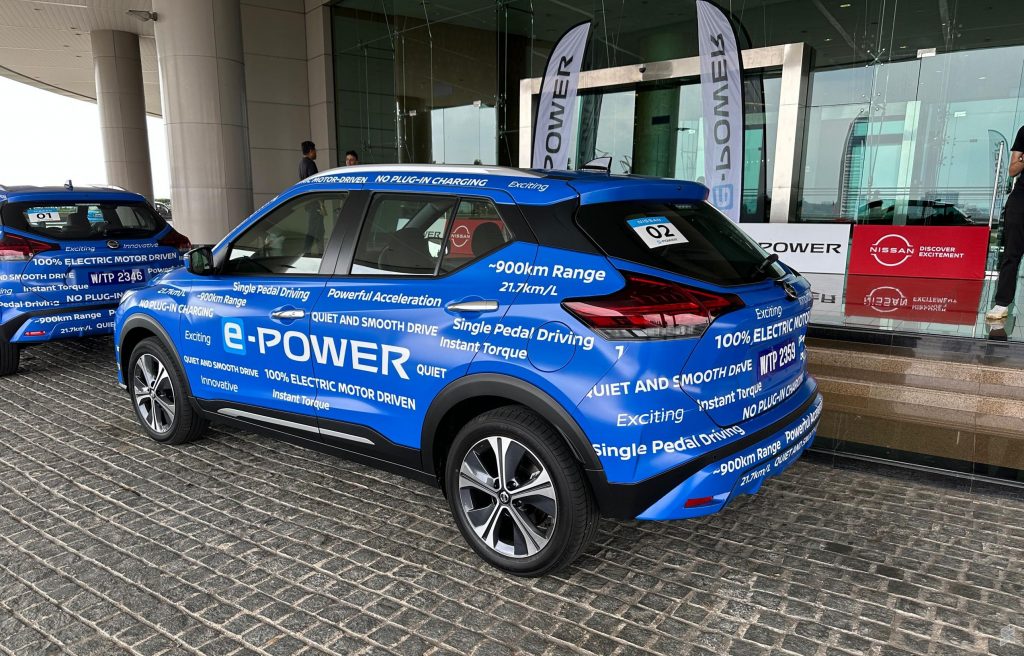In this article, we’ll compare two new phones from Google and Apple, the base models. We’ll compare the Google Pixel 9 vs Apple iPhone 16. Both of these phones were announced quite recently. The Pixel 9 launched last month, while the iPhone 16 followed earlier this month. So they’re basically brand new. These two devices do have some design differences, but in the general sense of things, they’re quite different.
We will first list their specifications, as per usual. Following that, we’ll move to compare their designs, displays, performance, battery life, camera performance, and audio output. These two smartphones also have the same starting price, so it makes even more sense to compare them directly. Let’s see if either phone is worth getting / upgrading to.
Specs
Google Pixel 9 vs Apple iPhone 16, respectively
– Screen size:
6.3-inch fullHD+ OLED (flat, 120Hz, HDR, 2,700 nits)
6.1-inch Super Retina XDR OLED ( flat, 60Hz, HDR, 2,000 nits)
– Display resolution:
2424 x 1080
2556 x 1179
– SoC:
Google Tensor G4
Apple A18
– RAM:
12GB (LPDDR5X)
8GB
– Storage:
128GB/256GB (UFS 3.1)
128GB/256GB/512GB (NVMe)
– Rear cameras:
50MP (wide, f/1.7 aperture, 1.2um pixel size, OIS, EIS), 48MP (ultrawide, f/1.7 aperture, 123-degree FoV)
48MP (wide, f/1.6 aperture, 1/1.56-inch sensor, 1.0um pixel size, sensor-shift OIS), 12MP (ultrawide, f/2.2 aperture, 120-degree FoV, 0.7um pixel size, PDAF)
– Front cameras:
10.5MP (f/2.2 aperture, 1.22um pixel size)
12MP (f/1.9 aperture, PDAF, 1/3.6-inch sensor size)
– Battery:
4,700mAh
3,561mAh
– Charging:
27W wired, 15W wireless (Pixel Stand), 12W Qi wireless, 5W reverse wireless (no charger)
38W wired, 25W MagSafe wireless, 15W Qi2 wireless, 7.5W Qi wireless & 4.5W reverse wired charging
– Dimensions:
152.8 x 72 x 8.5mm
147.6 x 71.6 x 7.8 mm
– Weight:
198 grams
170 grams
– Connectivity:
5G, LTE, NFC, Wi-Fi, USB Type-C, Bluetooth 5.3
– Security:
Ultrasonic in-display fingerprint scanner
Face ID (3D facial scanning)
– OS:
Android 14
iOS 18
– Price:
$799+
$799+
– Buy:
Google Pixel 9 (Best Buy, Google Store)
Apple iPhone 16 (Apple)
Google Pixel 9 vs Apple iPhone 16: Design
A Pixel and an iPhone have never been more similar design-wise. Both smartphones have flat sides all around with slightly rounded edges for comfort’s sake. Both phones are flat on the front and the back too. That makes them feel somewhat similar in the hand, even though the Pixel 9 is a bit larger and heavier. It is taller, wider, and thicker than the iPhone 16, while it also weighs 28 grams more.
The Pixel 9 has a centered display camera hole at the top. The iPhone 16 has a pill-shaped cutout up top, or as Apple calls it a ‘Dynamic Island’. Both devices have thin bezels around the display, though not as thin as their ‘Pro’ siblings. The Pixel 9 has a pill-shaped camera island on the back and another pill-shaped camera cutout inside of it. The setup here is horizontal and centered up top. The iPhone 16 has vertically-aligned cameras on the back, in the top-left corner. Both phones include two cameras on the back.
Both of these smartphones are IP68 certified for water and dust resistance. The Pixel 9 has all of its physical buttons on the right side. The power/lock button sits above the volume up and down buttons. The iPhone 16 includes the power/lock button on the right, along with the ‘Camera Control’ key. On the left, you’ll find the volume up and down buttons, and the ‘Action Button’ too. Another thing worth noting is that both smartphones are quite slippery in the hand.
Google Pixel 9 vs Apple iPhone 16: Display
The Google Pixel 9 features a 6.3-inch fullHD+ (2424 x 1080) OLED display with a 120Hz refresh rate. That display is flat and it supports HDR10+ content. The peak brightness is 2,700 nits, while the screen-to-body ratio is at around 86%. The display aspect ratio is 20:9, while the Gorilla Glass Victus 2 protects this display.
The Apple iPhone 16, on the other hand, includes a 6.1-inch 2556 x 1179 Super Retina XDR OLED display. This panel has a 60Hz refresh rate, and it supports HDR10 content. Dolby Vision is also supported here. The peak brightness on this display is 2,000 nits. The screen-to-body ratio sits at around 86%, while the display aspect ratio is 19.5:9. The Ceramic Shield glass protects this panel, a new version for 2024.
The iPhone 16 does have a smaller display in comparison. Both displays are more than sharp enough, even though the iPhone 16’s is sharper. Not many people will manage to notice the difference, though. Both panels are vivid and have good viewing angles and deep blacks. The Pixel 9 has the refresh rate advantage, the content is simply smoother while scrolling, for example. Neither display offers high-frequency PWM dimming, while both panels are bright enough.
Google Pixel 9 vs Apple iPhone 16: Performance
The Google Tensor G4 fuels the Pixel 9. That is Google’s latest processor, it’s a 4nm chip. Google paired that with 12GB of LPDDR5X RAM and UFS 3.1 flash storage. The iPhone 16, on the flip side, is fueled by the Apple A18 SoC. That is a 3nm processor from Apple. The company paired that with 8GB of RAM and NVMe flash storage. Do note that the storage is not expandable on either phone.
Apple’s handset has a more powerful processor, it’s not even close. However, the Tensor G4 is nothing to scoff at either, and it’s well-optimized for the Pixel 9 and all of its AI features. During regular, day-to-day use, both smartphones do a fantastic job. They’re very snappy in every way, regardless of whether you’re putting them to more intense work or not. They can jump between apps really fast, and do basically anything without a hitch.
When gaming is concerned, well, both of them do a great job with all games but the most demanding ones. That’s where you’ll see the iPhone 16 pull ahead. The Pixel 9 can run such games too, but you’ll have to lower the settings a little bit in order to make the experience entirely fluid. They both get quite warm during gaming, especially with demanding titles. We did not notice visible performance issues because of that, however.
Google Pixel 9 vs Apple iPhone 16: Battery
A 4,700mAh battery sits inside the Google Pixel 9. The Apple iPhone 16 has a 3,561mAh battery on the inside. That battery is smaller in comparison, but Apple’s devices always have smaller battery packs due to how iOS handles battery consumption. You’ll be glad to know that both smartphones do offer solid battery life. It’s not outstanding or anything of the sort, on either side, but it’s good.
Getting to that 7-hour screen-on time mark is possible on both smartphones, but that will depend on your usage a number of other factors. Your signal, what apps exactly are you using, the screen brightness, and so on. There are a lot of factors included, so your mileage may vary. The point is, both smartphones do a good job in the battery department despite their size, which is always nice to hear. If you do like your screen brightness a bit higher, and you end up using them more intensely during the day, chances are you won’t be able to go that high.
When it comes to charging, the Pixel 9 supports 27W wired, 15W wireless (with Pixel Stand), 12W Qi wireless, and 5W reverse wireless charging. The iPhone 16, on the other hand, supports 38W wired, 25W MagSafe wireless, 15W Qi2 wireless, 7.5W Qi wireless, and 4.5W reverse wired charging. Neither of these two smartphones ships with a charger in the box, however.
Google Pixel 9 vs Apple iPhone 16: Cameras
There are two cameras on the back of both of these phones. The Pixel 9 includes a 50-megapixel main camera (1/1.31-inch sensor) and a 48-megapixel ultrawide unit (123-degree FoV, 1/2.55-inch sensor). The iPhone 16, on the other hand, features a 48-megapixel main camera (1/1.56-inch sensor), and a 12-megapixel ultrawide snapper (120-degree FoV). Its ultrawide camera sensor is smaller than the one on the Pixel 9.
![]()
The Google Pixel 9 does have larger sensors, both of them. Both phones do a good job in the camera department, but the results are vastly different. The Pixel 9 prefers images with cooler tones, and it provides contrasty shots. The iPhone 16, on the other hand, leans towards warmer tones, and it prefers to pull a lot of light from the shadows, even during the day. That makes the images look a bit flat, as they lack contrast. You can change that if you mess with the settings a bit, and create a different preset, however. Both phones do provide rather nice photos, though, vivid and sharp. They look processed but in a good way.
We preferred the ultrawide camera from the Pixel 9, as it managed to balance out shots a bit better, that is especially true in low light. The iPhone 16 camera did not do a bad job either, though, quite the contrary. Unfortunately, neither smartphone includes a telephoto camera, so all you can do to zoom in is to use a crop from the main camera. That is something the Pixel 9 does better due to AI involvement.
Audio
There are stereo speakers included on both smartphones. They are loud enough and are actually almost identical in that regard. The output is good enough, not many people will find things to complain about in that regard.
You will not find an audio jack on either device, however. Their Type-C ports are at your disposal if you want to hook up your wired headphones, however. If not, Bluetooth 5.3 is an option for wireless connections.




